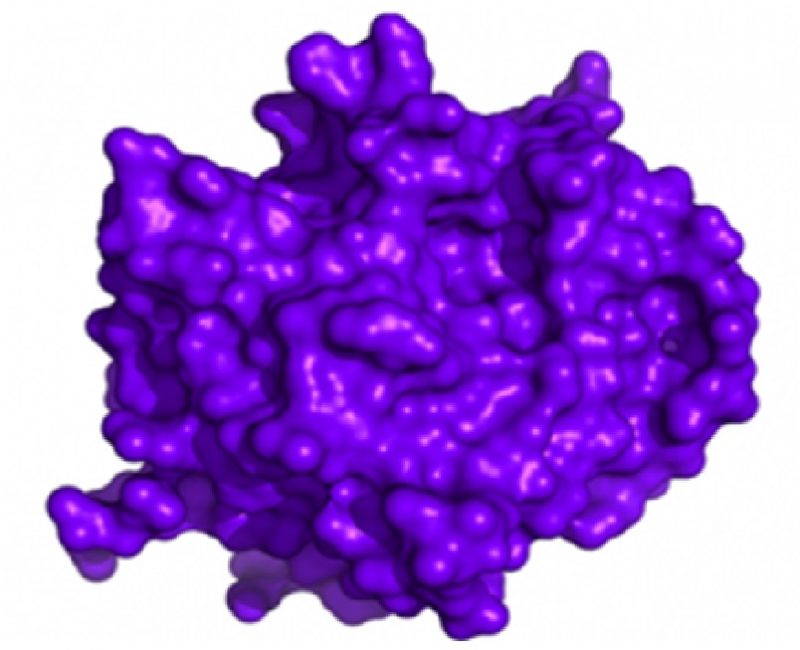
Authors:
Caraballo-Rodriguez, Andres M.1 ; Mayor, Cassia A. ; Chagas, Fernanda O.1 ; Pupo, Monica T.1
Abstract:
Microorganisms interact with each other via metabolic exchange. Several studies have revealed that microbial metabolites may act as mediators of microbial interactions. During our previous work with endophytes isolated from the Brazilian medicinal plant Lychnophora ericoides, we demonstrated that the well-known antifungal compound amphotericin B, produced by the endophytic actinobacterium Streptomyces albospinus RLe7, may trigger chemical responses in endophytic fungi. In this study, we cultured endophytic fungi in amphotericin B-enriched media to verify whether other chemical responses could be induced. Interestingly, one fungal strain showed a differential response under the tested conditions. When the fungus Xylaria cubensis FLe9 was cultured in amphotericin B-enriched media, a mycelial guttate was observed. Investigation of the fungal extracts from X. cubensis FLe9 and purification of fungal metabolites were performed using high-performance liquid chromatography coupled to a diode array detector. Isolated compounds were characterized on the basis of nuclear magnetic resonance and mass spectrometry data. Therefore, we report on the overproduction of the fungal metabolites griseofulvin (1) and dechlorogriseofulvin (2) when the endophytic fungus Xylaria cubensis FLe9 was exposed to amphotericin B. Both fungal compounds 1 and 2 were also detected in the mycelial guttate produced when X. cubensis FLe9 was exposed to amphotericin B. Since the amphotericin B-producing actinobacterium S. albospinus RLe7 and the griseofulvin-producing fungus X. cubensis FLe9 are endophytes from the same host, biosynthetic induction of fungal compounds may suggest a potential signaling role for amphotericin B in natural environments. However, this hypothesis needs to be further investigated in field experiments.
1 Departamento de Ciências Farmacêuticas, Faculdade de Ciências Farmacêuticas de Ribeirão Preto, Universidade de São Paulo, Ribeirão Preto, Brazil
Link to full article: https://link.springer.com/article/10.1007%2Fs00049-017-0243-3







